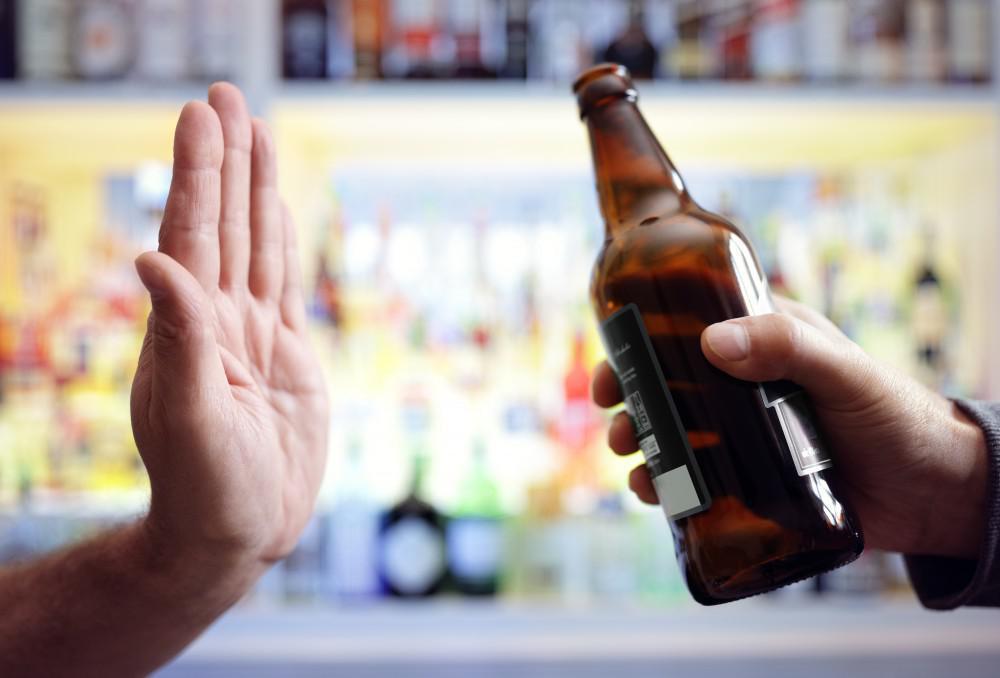
5 Tips for Staying Sober
You’ve done the work to become clean and sober, and you want to do what you can to stay that way. Here are five great tips that will help you safeguard your freedom from a substance use disorder.

When most people think of “wellness,” they often focus on physical or mental health. However, wellness is a much broader concept that encompasses several key areas of well-being. In fact, there are six main components of wellness: physical, mental, emotional, social, spiritual, occupational, and intellectual. Each of these areas plays an important role in maintaining overall balance and well-being
Let’s take a closer look at each one:
These six areas are interconnected, and neglecting one can impact the others. For example, poor physical health can affect emotional well-being, while a lack of social connection can contribute to mental health challenges. That’s why it’s important to nurture all aspects of wellness to achieve long-term balance and well-being.
At Northview Wellness, we take a holistic approach to health and understand the importance of addressing all these areas. Whether you need support with stress management, work-life balance, or nurturing emotional or spiritual health, our team of professionals is here to guide and support you throughout your wellness journey.
Are you ready to prioritize all areas of your wellness? Reach out (link to Contact Us on website) today to learn how we can help you achieve a more balanced and fulfilling life.

You’ve done the work to become clean and sober, and you want to do what you can to stay that way. Here are five great tips that will help you safeguard your freedom from a substance use disorder.

The connection between a substance use disorder and a mental health issue is a strong one, as the nearly eight million Americans who have a co-morbidity prove. When this occurs, treating both issues is paramount.

Addiction is a chronic disease that requires constant vigilance and good management. When a person falls short, relapse can occur. If you’re worried that a loved one has relapsed, here are some signs to look out for.

You believe that you’re drinking isn’t normal anymore, and you’re tired of the overwhelmingly negative effects that alcohol is having on your life. The good news is that alcoholism is highly treatable.

The rise in availability of telehealth services has been great news for those who need (or would prefer) to receive quality health care from the comfort of their own homes. These services also extend to substance use disorders.

Marijuana may be legal, but like with alcohol, how you use this legal substance makes a difference. If you develop a use disorder, marijuana can be quite harmful and affect a number of areas of your life.